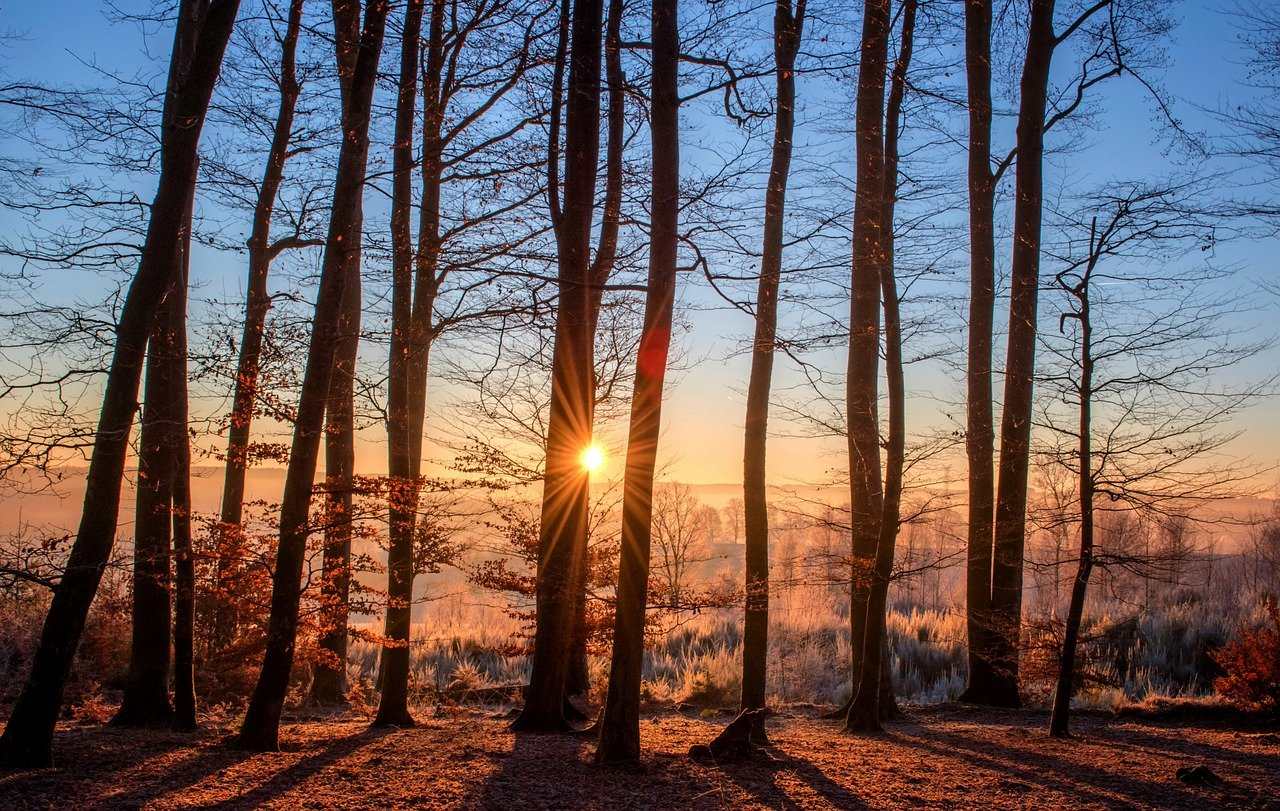Trees help to purify the air we breathe , to filter the water we drink and provide habitat to more than 80% of the world's terrestrial biodiversity.
Forests provide jobs to more than 1.6 billion people, absorb harmful carbon From the atmosphere and are key ingredients in 25% of all medicines. Have you ever taken aspirin? It comes from the bark of a tree!
Here are the six pillars that explain why trees are vital:
AIR
Trees contribute to purify the air that We breathe. Thanks to their leaves and their bark, they absorb harmful pollutants and free clean oxygen so that we can breathe. In urban areas, trees absorb polluting gases such as nitrogen oxides, ozone and carbon monoxide, and wandered particles like dust and smoke. The growing levels of carbon dioxide caused by the deforestation and the combustion of fossil fuels trap heat in the atmosphere. Healthy and strong trees act like carbon sinks, Compensate carbon and reduce the effects of climate change .
THE WATER
Trees play a key role in the capture of rainwater and the reduction of natural disasters such as floods and landslides. Their complex root systems act as filters, eliminating pollutants and slow down the water absorption in the soil. This process prevents harmful erosion of water slides and reduces the risk of supersaturation and flooding. According to the United Nations Association for Food and Agriculture, a mature persistent leaf tree can intercept more than 15,000 liters of water each year.
Biodiversity
Only one tree may shelter hundreds of species of insects, fungi, mosses, mammals and plants. Depending on the type of food and shelter they need, different forest animals need different types of habitat. Without trees, the creatures of the forest would have nowhere to settle.
- Young open forests : These forests occur as a result of fires or forest farms. Shrubs, herbs and young trees attract animals like black bears, yellow goldfinch and blue-blacks in North America.
- Middle-aged forests : In middle-aged forests, larger trees are starting to become too small for lower trees and vegetation. An open canopy allows the growth of preferred ground vegetation such as salamanders, wavitis and grooves.
- Older forests: With large trees, a complex canopy and a highly developed vegetation subfree, the old forests offer a habitat to a range of animals, including bats, squirrels and many birds.
Get free!
Want to share what you learned about trees?
Enter your email below and we will send you a digital poster. Take aware of the importance of trees by sharing this with your friends, family or class.
Social impact
Arboriculturists with loggers and researchers, the employment opportunities offered by the forest industry are endless. We do not just count on trees for work, however. Sustainable arboriculture supplies wood to build houses and shelters, and wood to burn for cooking and heating. Food producing trees provide fruits, nuts, berries and leaves with human and animal consumption, and have a powerful nutritional impact.
HEALTH
Did you know that hospitalized patients whose rooms overlook trees recover faster than those who do not have the same view? It is impossible to ignore this feeling of exaltation that you feel in strolling in a quiet and quiet forest. Trees help reduce stress and anxiety and allow us to reconnect with nature. In addition, the shadow supplied by the blanket of trees helps protect our skin from the ever-increasing hardness of the sun.
WEATHER
Trees help cool the planet aspiring and storing harmful greenhouse gases such as carbon dioxide in their trunks, branches and leaves, and releasing oxygen into the atmosphere. In cities, trees can reduce ambient temperature up to 8 ° Celsius. With more than 50% of the world's population living in cities - a number that is expected to increase to 66% by 2050 - pollution and overheating become a real threat. Fortunately, a mature tree can absorb an average of 48 lbs of carbon dioxide a year, making cities a healthier and safer place to live.










Leave a comment
This site is protected by reCAPTCHA and the Google Privacy Policy and Terms of Service apply.